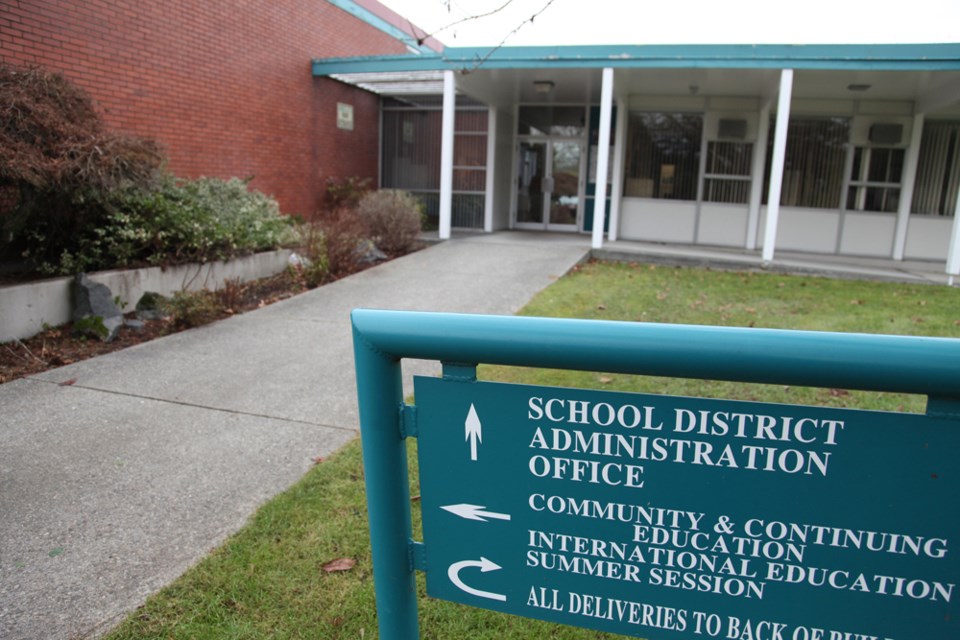French immersion enrolment in Burnaby has set a new record, according to a recent study by the B.C. and Yukon branch of Canadian Parents for French.
For the 2015/16 school year, 2,269 students in the school district – or 9.1 per cent of the entire student body – were registered in the program. That’s a 2.02 per cent jump when compared to the previous school year, and it’s the highest French immersion enrolment to date.
“Provincewide, we’re seeing a lot of interest in French immersion and we’ve been seeing it for 18 consecutive years,” said Glyn Lewis, the organization’s executive director. “I think there’s a bit of snowball effect happening at this point, where you’ve had a couple of generations of students who have gone through the program, who were enriched by the program and benefitted from the program, and other families see that and they want their kids to have those same opportunities.”
According to Stats Canada, Canadians who speak both French and English earn, on average, 10 per cent more and have a lower unemployment rate, compared to Canadians who only speak one of the two official languages. Research also shows there are cognitive developmental benefits of learning another language, including better listening skills, improved concentration and a stronger ability to understand complex problems.
Lewis noted the downside of the enrolment spike is that there’s a shortage of qualified French teachers.
“To go from 39,000 (students) in 2006 to just over 52,000 in 2015/16, in a 10-year period, you’ve increased by 13,000 students,” he said of B.C.’s total French immersion students. “That means that’s hundreds of classrooms, and for those hundreds of classrooms, you need hundreds of teachers.”
One solution to the problem, according to Lewis, is educating future teachers what subjects are in demand versus ones that aren’t. He gave the example of two of his friends who both graduated with him from Moscrop Secondary’s French immersion program and went on to SFU to become history and geography teachers. Both ended up on waitlists for their respective subjects, a wait that lasted two years.
“It’s frustrating because both did French immersion with me. Had they stayed with their French, they would have been head-hunted while they were still doing their teacher (education) program at SFU. That’s how aggressive these school districts are about finding and recruiting these teachers,” Lewis explained, adding sciences are another in-demand field. “If my friends knew geography and history weren’t going to be easy (subjects) to find jobs in, they probably would have made a different choice when selecting their majors and minors.”
One aspect of the study Lewis called “interesting” is the 0.56 per cent overall enrolment increase the Burnaby school district saw for 2015/16. It’s the first time in five years numbers have gone up, not down. He suspects it has to do with young families being pushed out of Vancouver and moving into neighbouring cities like Burnaby.



